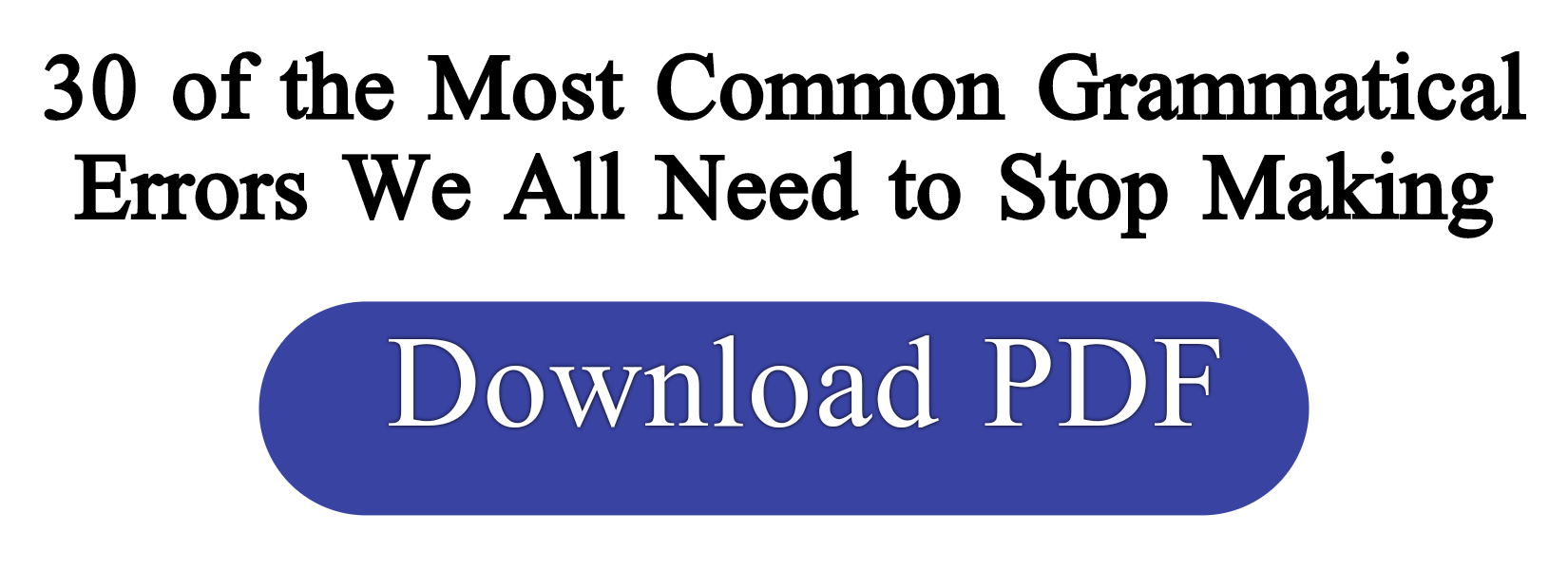Transition words (Linking words) are used to link ideas when writing. They enable the writing to flow from one idea to the next in a logical and cohesive way.
There are three main types of linking words (transition words):
• Conjunctions
• Sentence connectors
• Subordinators.
A. Conjunctions
Conjunctions are the most common form of linking word. They are used to join two parts of a sentence together generally in the middle of a sentence. There are seven co-ordinating conjunctions.
These are:
and
but
so
or
for
nor
yet
Example:
Successful students work hard and they organise their time effectively.
Here —
Independent clause: Successful students work hard
Conjunction: and
Independent clause: they organise their time effectively
B. Sentence connectors
Sentence connectors are used to link ideas from one sentence to the next and to give paragraphs coherence. Most pieces of formal writing are organised in a similar way: introduction; development of main ideas or arguments: conclusion. Linking words and phrases join clauses, sentences and paragraphs together.
A piece of writing or text may include the following:
Connectives:
Sentence connectors perform different functions and are placed at the beginning of a sentence. They are used to introduce, order, contrast, sequence ideas, theory, data etc. The following table lists useful connectors.
Now let us see the meanings and uses of the transition words (connectives):
1. AND
1.1 listing
enumeration: indicates a cataloguing of what is being said. Most lists use clearly defined words.
First, Furthermore, finally
One, a second, a third, etc.
firstly, secondly, thirdly, etc.
to begin with, in the second place, moreover, to conclude, etc.
above all, last but not the least
first and foremost, first and most importantly
1.2 Addition to what has been previously indicated
a) Reinforcement (includes confirmation):
above all
actually
additionally
again
also
as well as
besides
especially
further
furthermore
indeed
in addition
moreover
not only.........but also
notably
obviously
particularly
specially
then
too
what is more
b) Comparison (similarity to what has preceded):
also
both .... and .....
correspondingly
equally
in the same way
likewise
similarly
too
c) Transition (can lead to a new stage in the sequence of thought):
now
regarding
turning to
with respect/ regard to
often used when discussing something briefly:
as for
as to
d) Summary (a generalisation or summing up of what has preceded):
altogether
hence
in brief
in conclusion
in short
overall
then
therefore
thus
to conclude
to sum up
to summarise
e) Reference (refers back to previous sentences):
and
as follows
chiefly
for instance
for example
in other words
in particular
including
mainly
mostly
namely
notably
or
particularly
such as
that is
f) Example:
for example
for instance
such as
to illustrate
as an illustration
to demonstrate
g) Result (express the consequence or result from what is implicit in the preceding sentence or sentences):
accordingly
as a result
as a consequence
because of
consequently
for this/ that reason
hence
in order to
now
so
so that
the consequence
the result is
then
therefore
thus
h) Place:
above
adjacent
at the side
behind
below
elsewhere
here
in front
in the background
in the foreground
there
to the left
to the right
i) Time:
after a while
afterwards
at last
at that time
at the same time
before
currently
earlier
eventually
finally
formerly
in the meantime
in the past
initially
later
meanwhile
now
once
presently
previously
shortly
simultaneously
since
soon
subsequently
then
therefore
until
until now
whenever
while
2. OR
j) Reformulation (expresses something in another way)
better
in other words
in that case
rather
that is
that is to say
to put it (more) simply
k) Replacement (expresses an alternative to what has preceded):
again
alternatively
another possibility would be
better/ worse still
on the other hand
rather
the alternative is
3. BUT
l) Contrast
by (way of) contrast
conversely
in comparison
in fact
in reality
in stead
on the contrary
on the one hand .... on the other hand ......
then
m) concession (indicates that the previous view is accepted with reservation):
admittedly
after all
all the same
although
although this may be true
at the same time
besides
despite
doubtless
even/if though
even so
however
in spite of
naturally
nevertheless
no doubt
none the less
notwithstanding
only
still
under certain circumstances
up to a point
while
yet
Subordinators:
Subordinators are linking words that are used to join clauses together. They are used at the beginning or in the middle of a sentence. Subordinators connect elements of unequal importance. One clause is not as strong as the other.
Examples:
Even though the train was late, I got the exam on time.
—> Dependent clause = Even though the train was late
—> Independent clause = I got the exam on time
I got the exam on time, even though the train was late
—> Independent clause = I got the exam on time
—> Dependent clause = even though the train was late.
Common Subordinators
Below are some examples of commonly used subordinators.
...............................................
## Related Searches:









